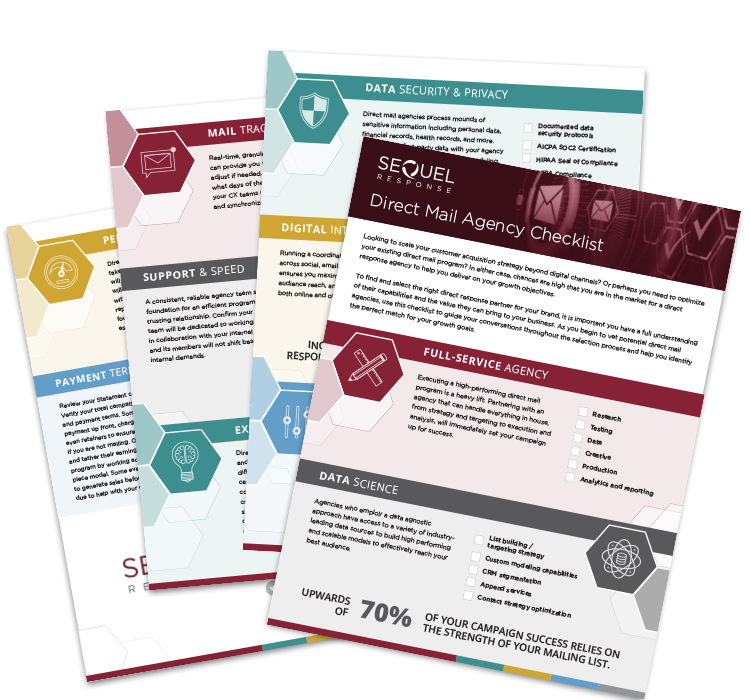Growth Marketing During a Recession
Growth marketing during a recession and global pandemic can feel a bit callous. Yet, your job as a growth marketer is to drive commerce and customer acquisition. Failing to prioritize these business initiatives, even in times like this, could jeopardize your brand’s stability post-crisis.
When a crisis or recession prompts consumers to restrain their spending, businesses often counter with frenzied cost-cutting measures. Unfortunately, marketing and advertising expenses are frequently first on the chopping block. Rather than halting your growth strategy, pivoting in response to the shifting customer demand can position your brand to perform during recessionary periods, and beyond.
Despite the ever-evolving environment, here are four tips to help marketers find their footing and a strategy for growth marketing during a recession.
Don’t Lose the Pulse
The coronavirus landscape is unpredictable. By identifying and tracking common trends within the direct marketing industry and consumer behavior, you can keep your finger on the pulse to redirect strategy as needed.
Just as analytics and KPIs guide your campaign decisions during a healthy market, they are probably even more valuable today. Utilize all your available data to monitor your customer activity (who is converting), your competitor activity (where are they increasing or decreasing spend), and the DTC industry (what channels are oversaturated or undersaturated). Keeping pace with trends, employing your data, and doubling down on innovation and testing to identify new product and service model opportunities during the crisis could result in an ongoing competitive edge in the future.
Refresh Your Customer Segments
While you are examining consumers’ shifting behaviors and priorities, note that in turn, they are examining yours.
In 2019, 84% of consumers indicated the experience a brand creates is just as important as their product or service. In a period of distress, consumers are actively looking for engaging and reassuring resources and experiences from trusted brands to make today’s unfortunate reality less taxing.
After researching past recessions and consumer response, The Harvard Business Review suggests marketers consider shifting their traditional customer segments (based on demographics) to segments based on their core customers’ psychological needs and emotional reactions to the situation. This can help marketing efforts mirror customer sentiment while promoting a positive experience and loyalty within key audiences.
Find a New Channel to Fill Your Funnel
When the U.S. government needed to ensure every American received the CDC’s guidelines to slow the spread of the coronavirus, they trusted direct mail to deliver this message.
With social distancing and stay-at-home orders in place throughout the country, many brands have instinctively shifted their direct response efforts to digital channels. This practical approach to deliver marketing messages and offers to homebound consumers is genuine, and with some agility, can be paired with direct mail to further increase the likelihood of conversion.
Direct mail has been trusted by growing DTC brands throughout history due to its ability to reach highly targeted audiences, leave a favorable impression with prospects, and achieve response rates twice that of digital channels. By integrating the comprehensive data set from your direct mail campaign with your digital marketing strategy, brands can surround their customers and prospects with a cohesive and timely brand experience proven to boost response rates and reduce acquisition costs.
While now may not be the time to make spontaneous marketing decisions, it could present an opportunity for essential and home entertainment brands to grow. If direct mail is not a viable channel for your brand right now, you can still utilize the modeled audiences that were originally intended for mail to fuel your digital marketing strategy. In contrast, if your brand is positioned for growth while essential purchases currently outweigh discretionary spend, consider reallocating budget that was previously slated for in-person conferences or events. Instead, direct that budget towards new channel testing, data building, and analytics to improve your current campaign performance or develop your post-COVID campaigns once the economy emerges from its current slump.
Regardless of the channel, make sure your marketing creative is focused on empathy, reliability, and safety during these concerning times.
Maintain Your Growth Mindset
History affirms brands that transcend during a recession and still practice growth marketing during a recession, are better positioned when the market does rebound. The impending recession doesn’t make it easy, but it’s important to remember that as a growth marketer, you are still competing, and your brand is counting on you to react, respond, and rise to the challenge. Eventually, we will conquer the coronavirus outbreak and consumers will flock to the brands that supported them during this time. As your competitors step back, consider how you can step up to meet the latest needs and priorities of your consumers.
Posted 4.17.2020

